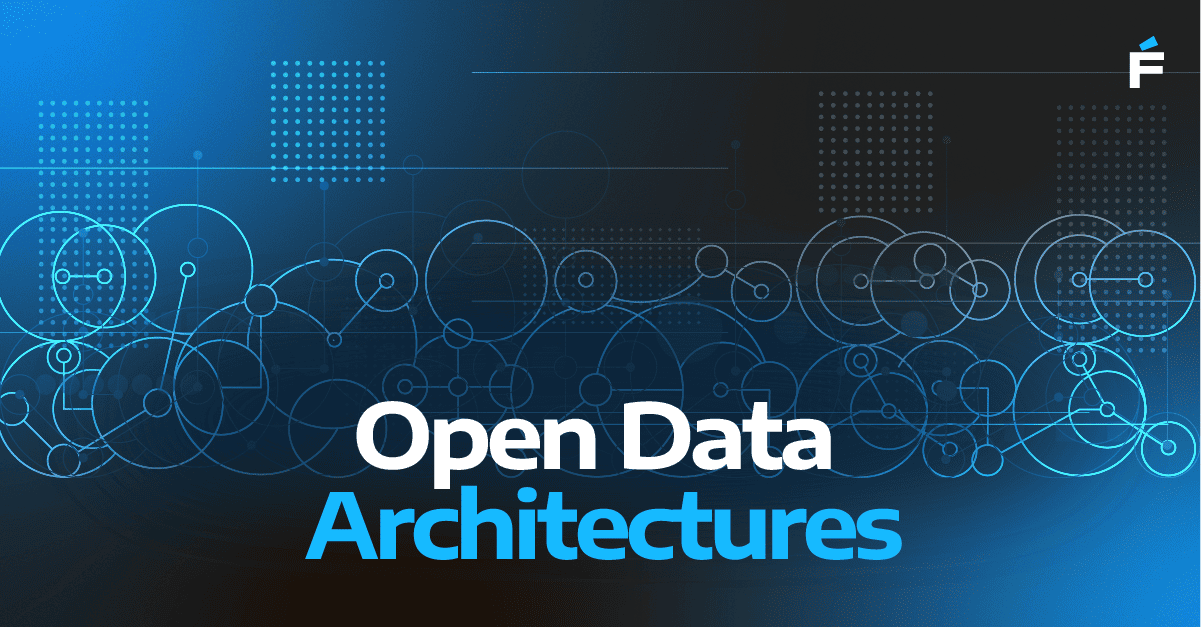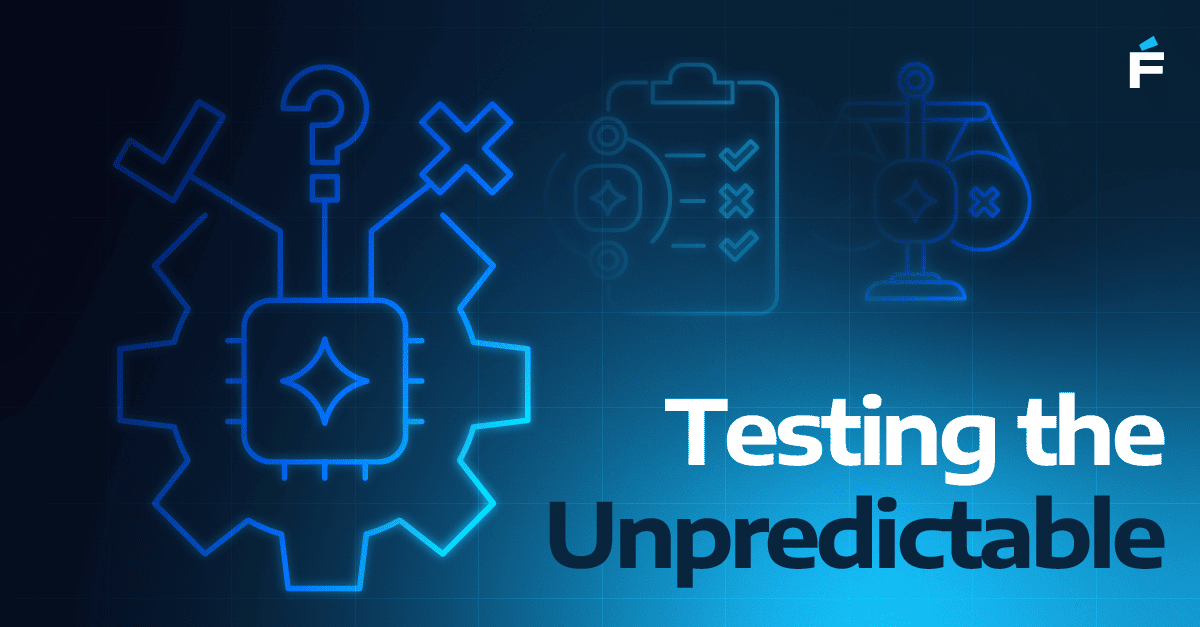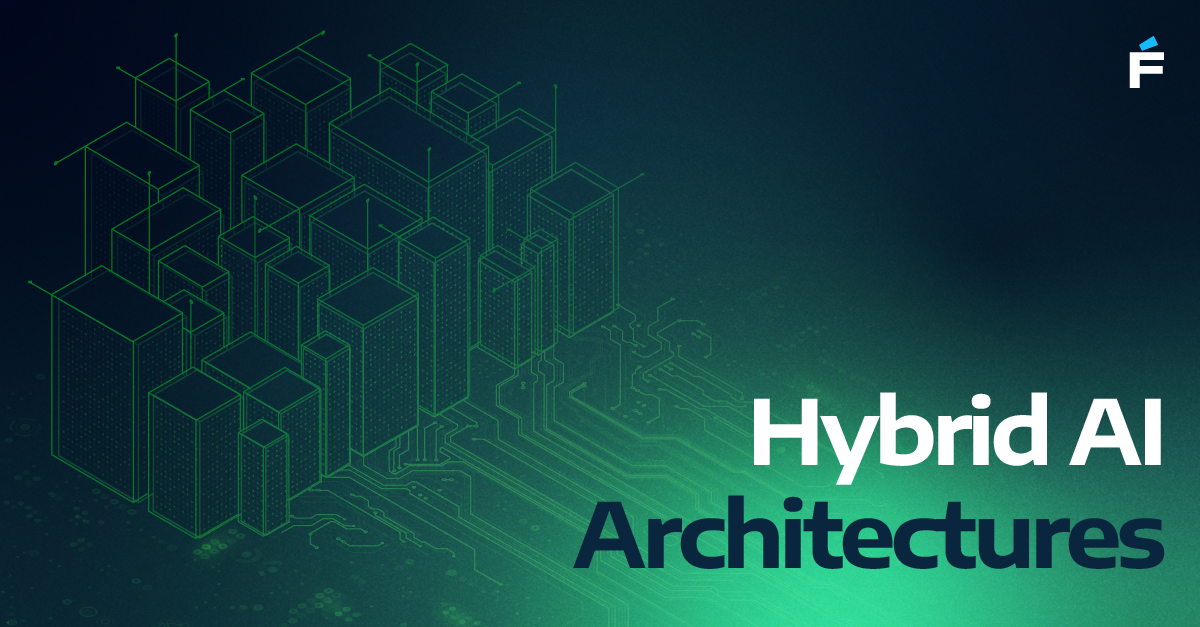Organizations have transitioned beyond the experimental phase of AI adoption. What began as isolated ChatGPT pilots has evolved into a distributed ecosystem of AI tools penetrating enterprise operations at every level. The current reality presents a significant challenge: most organizations lack comprehensive visibility and control over AI security governance.
Recent research from 1Password surveying 200 North American security leaders reveals critical findings that demand immediate attention from technology leadership. The data identifies four fundamental security challenges that have moved beyond theoretical risk assessment into active operational threats.
-1.png?width=864&height=606&name=unnamed%20(2)-1.png)
Limited Visibility Into AI Tool Usage
Only 21% of security leaders maintain comprehensive visibility into AI tools deployed within their organizations. This represents a fundamental gap in enterprise security monitoring capabilities that organizations have developed over decades for traditional application security.
The visibility challenge encompasses multiple dimensions beyond basic tool identification. Security teams must understand data flow patterns, access control mechanisms, and the potential impact radius of uncontrolled AI adoption. When employees integrate AI capabilities into their workflows through tools such as large language models for content generation or code completion platforms, they typically do not consider whether their input data contributes to model training datasets.
The visibility challenge extends beyond conventional SaaS application sprawl. AI tools frequently operate through browser extensions, desktop applications, or embedded integrations within existing platforms. This architectural pattern creates what can be characterized as shadow AI infrastructure: a distributed layer of intelligent processing that operates on enterprise data without formal governance oversight.
Policy Enforcement Gaps in AI Governance
The research indicates that 54% of security leaders acknowledge weak AI governance enforcement capabilities, while 32% estimate that up to half of their employees continue utilizing unauthorized AI applications despite existing policies.
This enforcement gap represents a fundamental breakdown in traditional security control mechanisms. Organizations have established comprehensive frameworks for managing access to business applications, yet AI tools operate under different adoption patterns. These tools typically offer minimal barrier to entry, require limited initial configuration, and provide immediate productivity benefits. The low adoption friction creates enforcement challenges that policy frameworks alone cannot address.
The enforcement challenge intensifies due to the rapid proliferation of AI capabilities. New AI tools and services launch continuously, and employees discover them through professional networks, industry events, or peer recommendations. Security teams often identify new tools only after they have become integrated into critical business processes.
This dynamic creates what security researchers have termed the Access-Trust Gap: the expanding disconnect between authorized access controls and actual system usage patterns. AI adoption patterns fundamentally alter the nature of this security challenge rather than simply expanding its scope.
Unintentional Data Exposure Through AI Access
The most significant finding indicates that 63% of security leaders identify employee inadvertent data sharing with AI systems as their primary internal security threat. This risk category represents a departure from traditional security threat models, as it involves well-intentioned productivity enhancements rather than malicious activity or sophisticated external attacks.
Consider the operational scenarios: marketing personnel upload customer datasets to AI platforms for campaign content generation without recognizing potential model training implications. Development teams share proprietary source code with AI debugging assistants, potentially exposing intellectual property to competitors utilizing the same platforms.
The challenge stems from the user experience design principles underlying modern AI tools. These platforms prioritize frictionless adoption and optimize for immediate utility, frequently establishing data sharing as default behavior rather than explicit user choice. Users integrate sensitive information into conversational interfaces without comprehensive understanding of data handling policies or downstream processing implications.
This pattern represents a novel risk category: productivity-driven data exfiltration. Traditional data loss prevention solutions were not architected to analyze contextual intent within AI interactions, reducing their effectiveness against this emerging threat vector.
Autonomous AI Agent Governance Complexity
The research reveals that 56% of security leaders estimate between 26% and 50% of their AI tools and agents operate without proper management oversight. This finding highlights the emergence of autonomous AI agents that can execute actions, process decisions, and access enterprise systems outside traditional identity governance frameworks.
These agents typically operate with elevated system privileges, accessing multiple data sources and business systems to complete complex operational tasks. They may utilize API credentials, database access tokens, or system permissions that circumvent standard user authentication protocols. This architecture pattern creates an expanded attack surface that conventional access management solutions cannot adequately monitor or control.
Unlike human users who demonstrate predictable behavioral patterns, AI agents can operate continuously, access multiple systems concurrently, and execute actions at machine-optimized speeds. This operational profile generates audit and compliance challenges that existing governance frameworks were not designed to accommodate.
The autonomous agent governance challenge represents a paradigm shift in enterprise security architecture. Traditional identity and access management models assume human decision-making patterns and interaction speeds that do not apply to AI agent operations.
Implementing AI-Native Security Architecture
The research findings indicate a pattern consistent with previous technology adoption cycles: tension between enabling innovation and maintaining security controls. The critical difference with AI adoption lies in the accelerated pace and elevated risk magnitude.
The strategic approach requires moving beyond restrictive AI tool policies toward what can be characterized as AI-native governance. This involves developing security controls that understand AI workflow patterns, monitor AI-specific risk vectors, and can adapt to the rapid evolution of AI tool capabilities.
Organizations that successfully implement AI-native security frameworks will achieve sustainable competitive advantages. They will enable workforce productivity benefits through AI adoption while maintaining the security posture required for enterprise risk management. Organizations that fail to address these challenges will face the choice between constrained innovation capacity and unacceptable risk exposure.
The research data demonstrates that AI security represents a current operational challenge requiring immediate strategic attention rather than a future planning consideration. The implementation timeline for addressing these vulnerabilities will determine whether organizations approach AI security proactively or reactively.
Technical leadership must recognize that AI-enabled organizations require security governance evolution that parallels technical capability advancement. The operational cost of inadequate AI security extends beyond potential security incidents to include the erosion of stakeholder trust that enables sustainable AI adoption.
Technical Implementation Recommendations
Based on the research findings and enterprise AI adoption patterns, several technical approaches can address these challenges:
Visibility Enhancement: Implement AI-aware network monitoring and SaaS governance platforms that can identify and catalog AI tool usage across enterprise environments. Deploy endpoint detection capabilities specifically designed to monitor AI application interactions.
Policy Enforcement Automation: Develop automated policy enforcement mechanisms that can identify unauthorized AI tool usage and implement graduated response protocols. Integrate AI governance controls into existing security information and event management (SIEM) platforms.
Data Protection Controls: Establish AI-specific data loss prevention capabilities that can analyze contextual intent within AI interactions. Implement data classification and handling policies specifically designed for AI processing environments.
Agent Identity Management: Extend enterprise identity and access management frameworks to include AI agent provisioning, monitoring, and lifecycle management. Develop audit trail capabilities designed for machine-speed AI agent operations.
The technical architecture required for AI-native security represents a substantial evolution from current enterprise security models. Organizations must begin this transformation immediately to maintain security posture during continued AI adoption acceleration.





